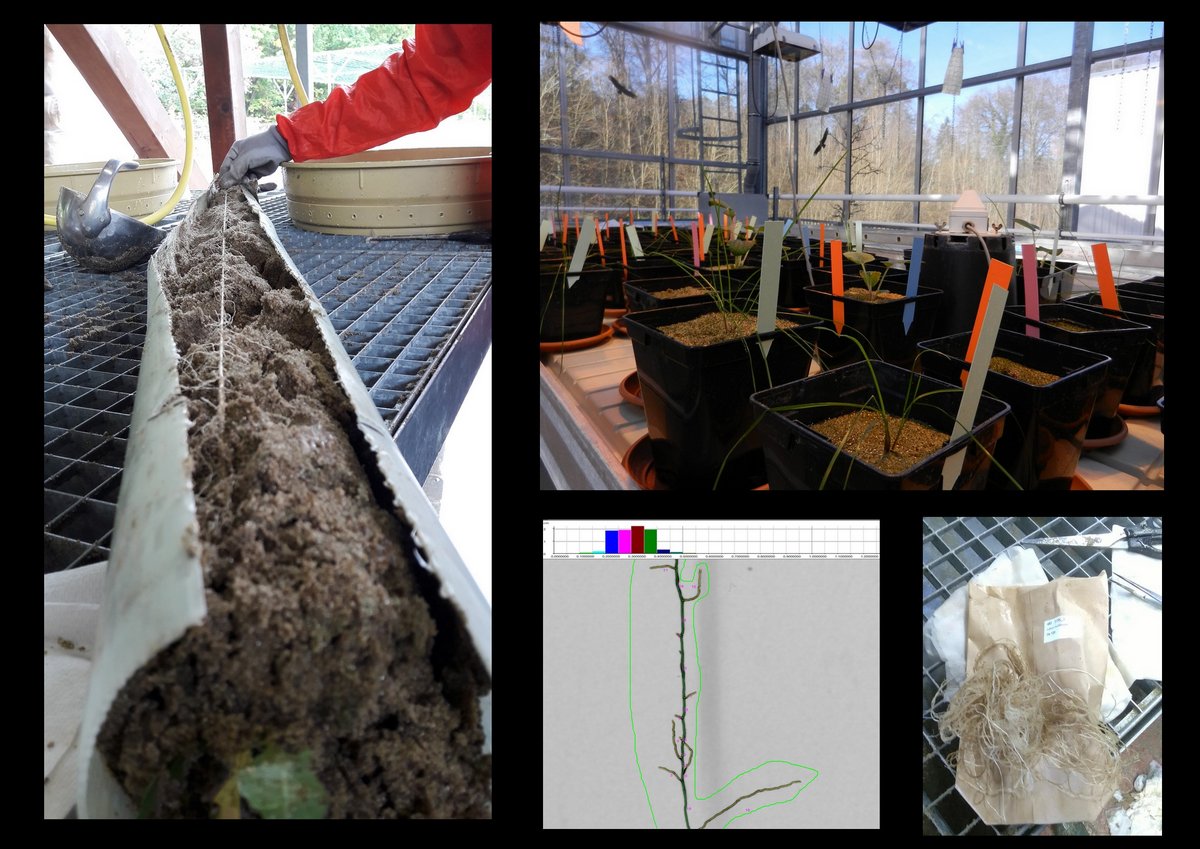Tom Lachaise
My research in the Ecology group focused on root traits diversity, how they relate to the plant economic spectrum, and traits relationships with biodiversity and environmental conditions.
I set up three large greenhouse experiments, in which I examined how 200+ grassland species differ in terms of 1) root morphology for whole root systems and fine roots only
2) root nitrogen content and nitrogen uptake rate using isotopes labels 3) rooting depth
I then linked the traits to species occurrence indices and soil and climate parameters within the Biodiversity Exploratories network to identify whether common plants have different traits than rare plants and if soil fertility filters for herbaceous communities with acquisitive or conservative traits.
The trait data generated is openly reusable :
Feel free to reach out on LinkedIn

Publications
Rittelmann-Woods E, Lachaise T & van Kleunen M (2023) Negative effects of EPDM microplastic and cork granules on plant growth are mitigated by earthworms and likely caused by their structural properties. Science of The Total Environment 897:165354 (DOI:10.1016/j.scitotenv.2023.165354)
Lachaise T, Bergmann J, Hoelzel N, Klaus V, Kleinebecker T, Rillig MC & van Kleunen M (2022) Soil conditions drive below-ground trait space in temperate agricultural grasslands. Journal of Ecology 110:1189-1200 (DOI:10.1111/1365-2745.13862)
Lachaise T, Bergmann J, Rillig MC & van Kleunen M (2021) Below- and aboveground traits explain local abundance, and regional, continental and global occurrence frequencies of grassland plants. Oikos 130:110-120. (DOI:10.1111/oik.07874)
(Update: 20.02.2023 )
